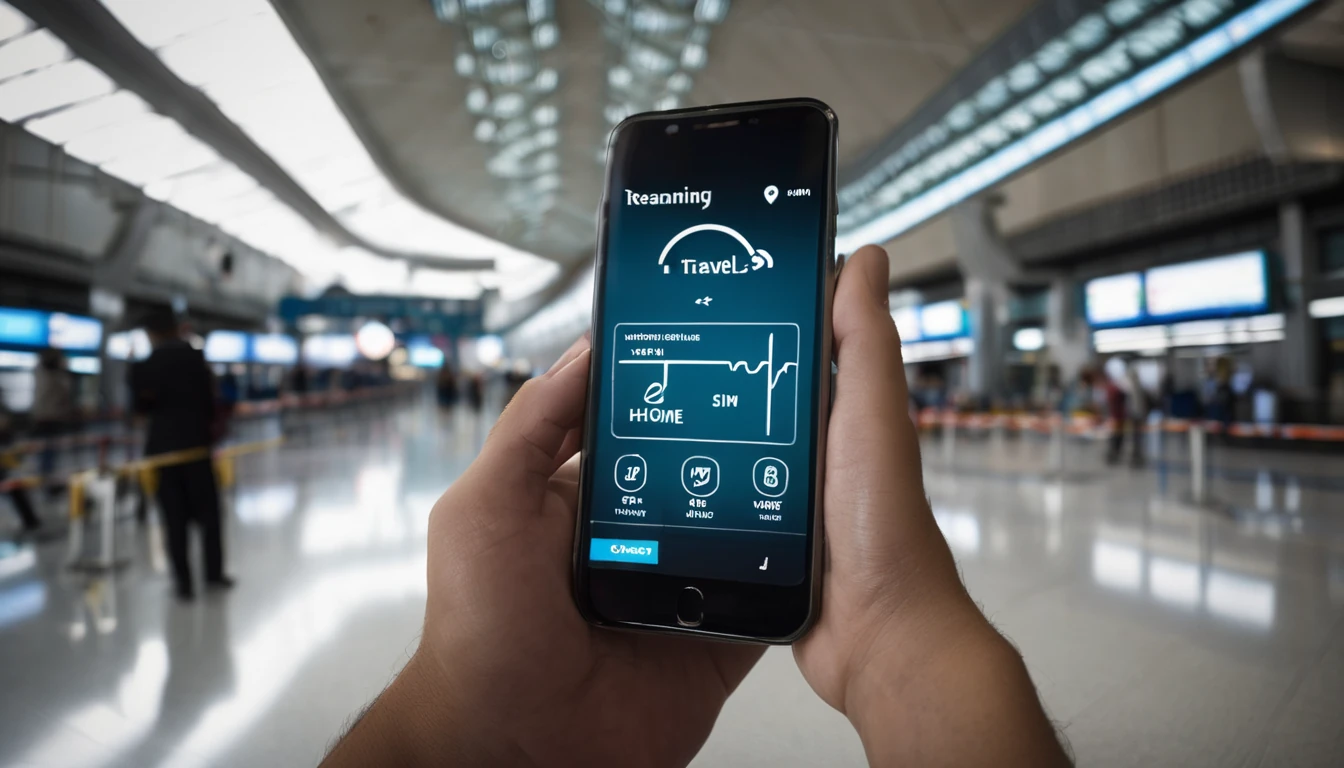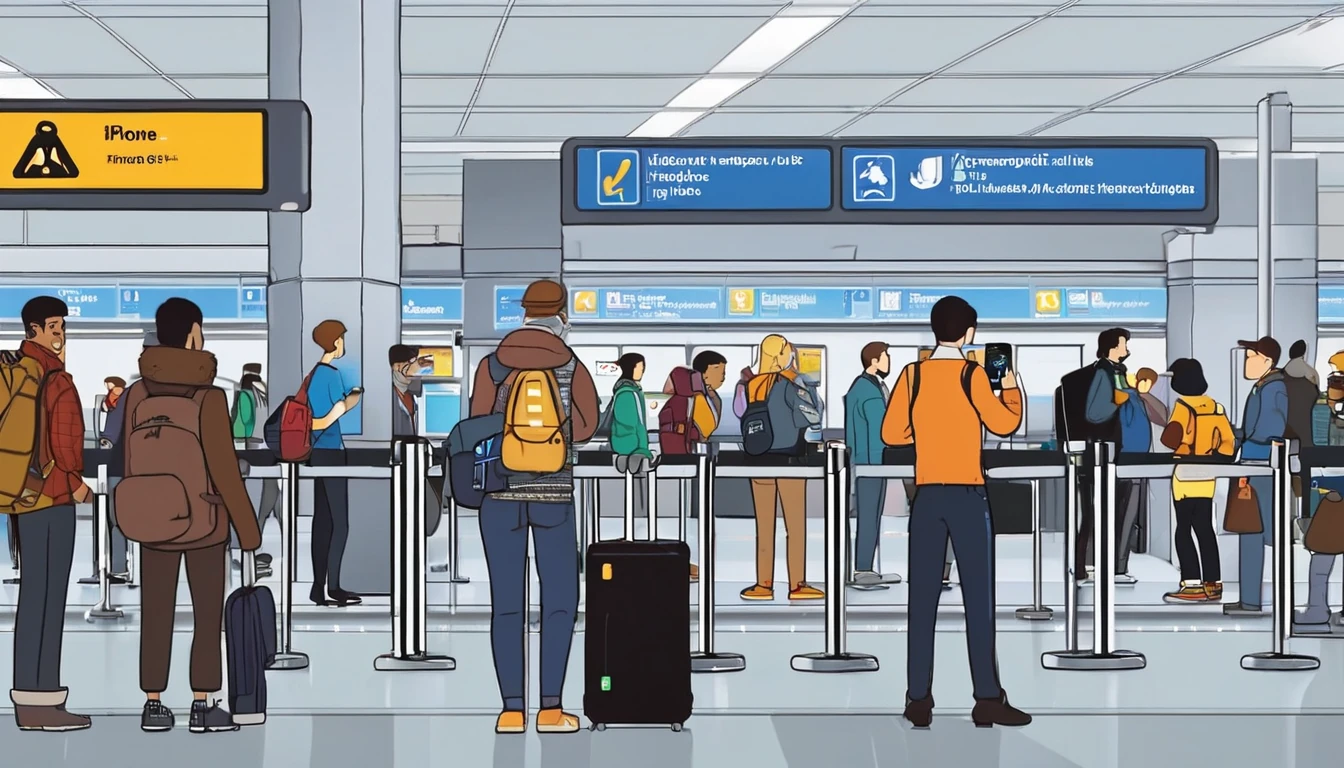Planning the slopes this winter? Stay connected from summit to chalet with Simology’s ski season eSIM bundles for the Alps and Rockies. We’ve tuned our multi-country and single-country data passes for real-world ski trips: morning powder checks, live avalanche bulletins, lift-queue messages, and cabin hotspotting when lodge Wi‑Fi falters. Coverage prioritises the valleys, resorts and transit routes skiers actually use, with intelligent network selection to hold a signal as you move between villages and lifts.
This guide covers what’s new for Winter 2025, how to choose the right bundle, the best coverage options across France, Italy, Spain, Switzerland, Austria, the United States and Canada, and practical hotspot tips for chalets and cabins. You’ll also find a step-by-step eSIM setup checklist, on-mountain data-saving tactics, and options for groups, teams and hosts. Limited-time bundle pricing for the season is live now; check your destination pages at checkout for current offers.
What’s new for Winter 2025
- Multi-country passes tailored for ski routes:
- Alps: pick a Western Europe pass if you’re hopping France–Italy–Switzerland–Austria during one trip.
- Rockies: single-country (US or Canada) or a continental North America pass if you’re splitting time across borders.
- Network steering updates to favour the strongest available partner in ski valleys and resort towns.
- Hotspot-friendly allowances across most bundles to keep your cabin online when Wi‑Fi isn’t reliable.
- Limited-time ski season bundle pricing during peak months. Final prices and promos appear in your cart for each region and allowance.
Explore your options by country via Destinations, or jump straight into multi-country passes with Esim Western Europe and Esim North America. For single-country trips, see Esim France, Esim Italy, Esim Spain and Esim United States.
Coverage tips: Alps and Rockies
Mountains create signal shadows and microclimates. Expect strongest service in towns, along access roads and at mid-stations; ridge lines and back bowls can vary by wind and aspect. Download offline maps and passes as backup.
Alps: pick by country and crossing
- France (Three Valleys, Espace Killy, Paradiski, Chamonix):
- Use Esim France for single-country trips.
- If you plan side trips into Italy or Switzerland (La Rosière–La Thuile, Portes du Soleil, Mont Blanc), choose Esim Western Europe to avoid borders cutting data.
- Italy (Dolomiti Superski, Cervinia/Zermatt, Livigno):
- Esim Italy covers Italian-only itineraries.
- For Cervinia/Zermatt or Sella Ronda road trips touching Austria/Switzerland, again prefer Esim Western Europe.
- Spain (Baqueira-Beret, Formigal, Sierra Nevada):
- Choose Esim Spain for Pyrenees or Sierra Nevada. Crossings into Andorra/France are best handled with Esim Western Europe.
- Austria/Switzerland:
- Not listed individually here; multi-country travellers commonly select Esim Western Europe to cover cross-border circuits and transfers.
Pro tips for the Alps: - Keep data roaming ON within Western Europe passes; your phone will switch partners as you move between valleys. - In big resorts with shared lift infrastructure (e.g., Portes du Soleil), multi-network coverage is helpful when one operator is congested at peak.
Rockies: US and Canada
- United States (Colorado, Utah, Wyoming, Montana):
- Use Esim United States for US-only itineraries: Aspen/Snowmass, Vail/Beaver Creek, Breckenridge, Park City, Jackson Hole, Big Sky.
- Canada (BC/Alberta: Whistler, Banff/Lake Louise, Revelstoke, Kicking Horse):
- If splitting days across the US border (e.g., Schweitzer + Red Mountain), consider Esim North America for seamless coverage.
Pro tips for the Rockies: - Valleys can be deep and sparsely populated. Expect stronger data in towns and at base areas; some bowls may drop to 3G or no service. Pre-download trail maps and avalanche bulletins. - For road trips on I‑70 (Colorado) or the Trans‑Canada, a larger allowance helps with music, maps and weather.
Choosing the right ski season eSIM bundle
A quick way to match your trip profile to the right pass.
Quick selector by trip type
- Long weekend in one resort (solo or couple):
- Single-country pass (France, Italy, Spain, US). Choose 3–5 GB for light use with offline maps.
- One-week family ski holiday in a single country:
- Single-country pass, 10–20 GB. Add hotspot if your chalet Wi‑Fi is unreliable.
- Two-week European road trip (France–Switzerland–Italy/Austria):
- Esim Western Europe, 15–30 GB depending on streaming use.
- Rockies sampler (Utah + Colorado, or US + Canada):
- Esim North America. Pick 15–25 GB for maps, messaging, and some streaming.
- Workcation in resort:
- Larger allowances (30 GB+) and explicit hotspot support. Consider a backup line if you’re taking meetings.
How much data do you actually need?
Approximate guide per person for a 7‑day trip: - Messaging and maps: 2–3 GB - Snow reports, email, app updates: 2 GB - Social media posts and short clips: 3–5 GB - Hotspotting a laptop for light work: 4–8 GB - 1080p video streaming: 3 GB/hour (avoid or use lodge Wi‑Fi)
Tip: combine offline tools (Google Maps offline areas, resort apps with offline trail maps) and auto-downloads only on Wi‑Fi to reduce cellular usage.
Set up before you fly: step-by-step
Install your ski season eSIM at home with Wi‑Fi so you’re ready on arrival.
1) Check device compatibility and SIM lock status in your phone settings. 2) Buy your pass for the right region: single-country via Destinations, or multi-country via Esim Western Europe / Esim North America. 3) Install the eSIM: - Scan the QR or add manually in Mobile/Cellular settings. - Label it “Ski Data” to avoid confusion. 4) Set it as the Mobile Data line. Keep your home SIM active for calls/SMS if needed (Dual SIM). 5) Toggle Data Roaming ON for multi-country passes. 6) Restart your device. 7) On arrival, wait for automatic network attachment. If needed, pick the recommended local partner in Network Selection. 8) Test: open maps, message your group, and load a trail map before you head up.
Troubleshooting quick wins: - Airplane mode toggle; then wait 60 seconds. - Manual network switch to another listed partner. - Check APN is set to default from the profile (usually automatic).
Hotspotting in cabins and chalets
Mountain Wi‑Fi can be patchy, oversubscribed at après-ski, or down during storms. Most mainstream phones and most Simology data plans allow personal hotspot for reasonable use.
iPhone hotspot (iOS)
1) Settings > Personal Hotspot > Allow Others to Join. 2) Set a strong Wi‑Fi password. 3) Under Mobile Data, confirm “Ski Data” is the active data line. 4) Connect laptops/tablets via the shown Wi‑Fi name.
Android hotspot (stock)
1) Settings > Network & Internet > Hotspot & tethering > Wi‑Fi hotspot. 2) Turn on, set SSID and WPA2 password. 3) Verify the eSIM is the active data SIM. 4) Connect devices.
Hotspot pro tips: - Place the phone near a window for better signal; avoid thick stone walls. - Use 5 GHz hotspot for speed if devices are nearby; switch to 2.4 GHz for range in larger chalets. - Conserve data: disable cloud backups, auto‑updates and HD streaming on connected devices. - Power: keep the phone on charge; hotspots drain batteries quickly.
On-mountain connectivity: practical tactics
- Save offline resort maps and emergency info before first lift.
- Location sharing: set up low-frequency location sharing in your group chat to coordinate without spamming data.
- Camera uploads: pause auto‑uploads until you’re back on Wi‑Fi.
- Weather and avalanche: refresh morning forecasts on Wi‑Fi, then use minimal updates midday.
- Battery and cold: keep your phone warm; cold reduces battery life and can cause sudden shutdowns.
- Safety: do not rely solely on live data for navigation. Carry a paper piste map and follow resort signage.
Limited-time ski season bundle pricing
We’re running seasonal pricing on popular Alps and Rockies bundles during Winter 2025. Discounts apply to selected allowances on multi-country passes and single-country options in peak ski regions. Availability and final price depend on destination, duration and data size, and will be shown at checkout on each destination page.
Where to see it now: - Multi-country: Esim Western Europe and Esim North America - Country-specific: Esim France, Esim Italy, Esim Spain, Esim United States
Tip: Buy a larger allowance if you plan to hotspot; it’s usually better value than topping up midweek.
For groups, teams and hosts
- Families and friends: one person can run a hotspot for tablets and a smart TV, but spread usage across two phones to prevent a single-device bottleneck.
- University clubs and race teams: coordinate allowances and spend centrally with Simology’s business tools. See For Business for consolidated billing and device management.
- Chalet operators, travel agents, and DMCs: keep guests online even when fixed lines are down. Bulk and affiliate options are available via our Partner Hub.
Ski week connectivity checklist
- Install eSIM at home and label it clearly.
- Download offline maps (area + resort app).
- Enable data roaming for multi-country passes.
- Test hotspot and set strong passwords.
- Bring a high-capacity power bank and spare cable.
- Turn off auto‑updates and HD auto‑play on all devices.
FAQ
Q: What’s the difference between single-country and multi-country ski passes? A: Single-country passes are ideal if you stay in one nation. Multi-country passes like Esim Western Europe and Esim North America prevent service interruptions and roaming fees when you cross borders during a trip.
Q: Will my phone support hotspotting on a Simology eSIM? A: Most recent iOS and Android devices support personal hotspot, and most Simology data plans allow it. Check your specific plan details at checkout and verify hotspot works before travelling.
Q: How do I keep my home number for calls while using data on the eSIM? A: Use Dual SIM. Set the eSIM as the Mobile Data line and keep your physical/home SIM active for calls and SMS. In iOS and Android, you can choose which line handles calls per contact.
Q: What if coverage is weak in my chalet? A: Place the phone by a window, use 2.4 GHz hotspot for better range, and try a manual network switch in settings. In deep valleys, signal can vary by room; moving the device a few metres can help.
Q: How much data should I buy for a week? A: Light users with offline maps can manage on 5–8 GB. Social sharers and hotspot users should consider 15–25 GB. If you stream video or work from the chalet, go 30 GB+.
Q: Can I top up if I run out? A: Yes. You can purchase additional data for the same region. For the best value during ski season, it’s usually cheaper to choose a slightly larger bundle upfront.
Next step: Choose your region and allowance on Destinations and lock in your Winter 2025 ski season eSIM before you fly.




